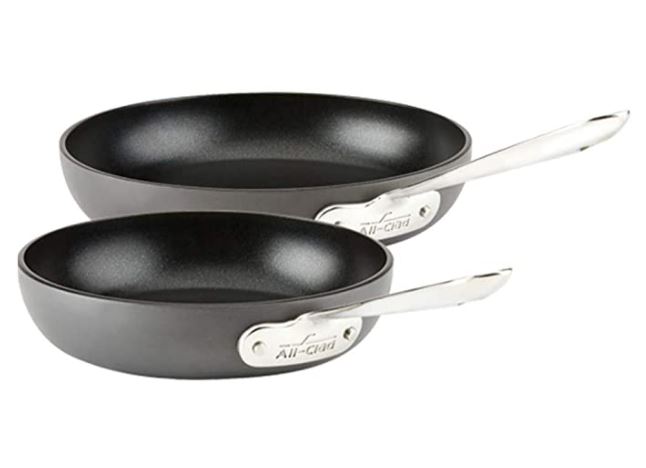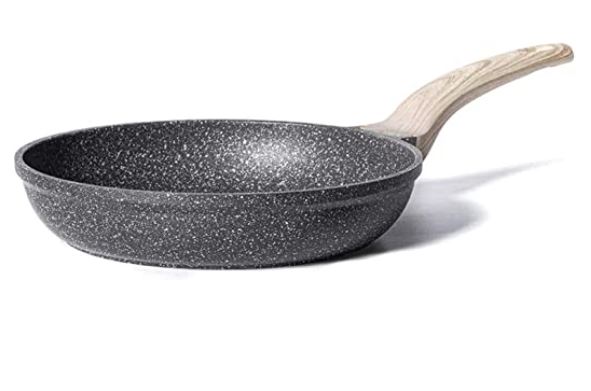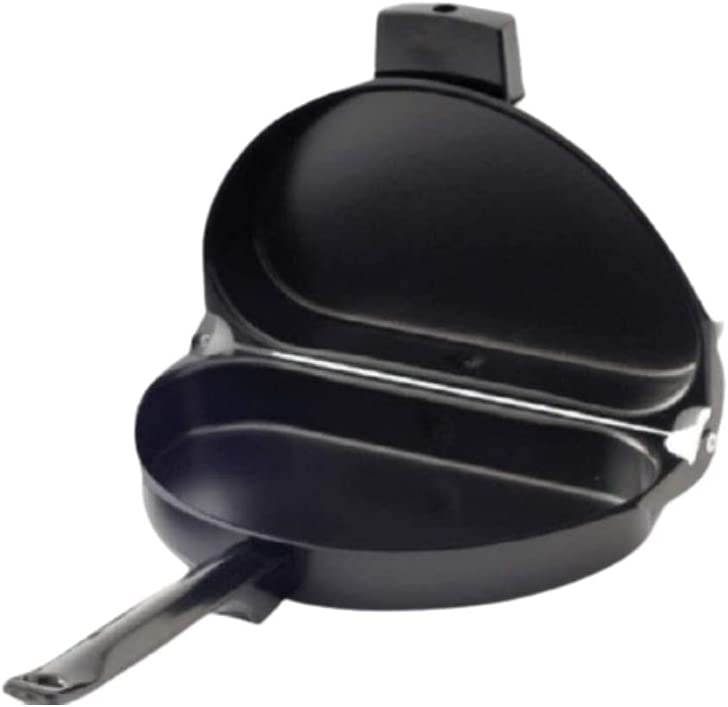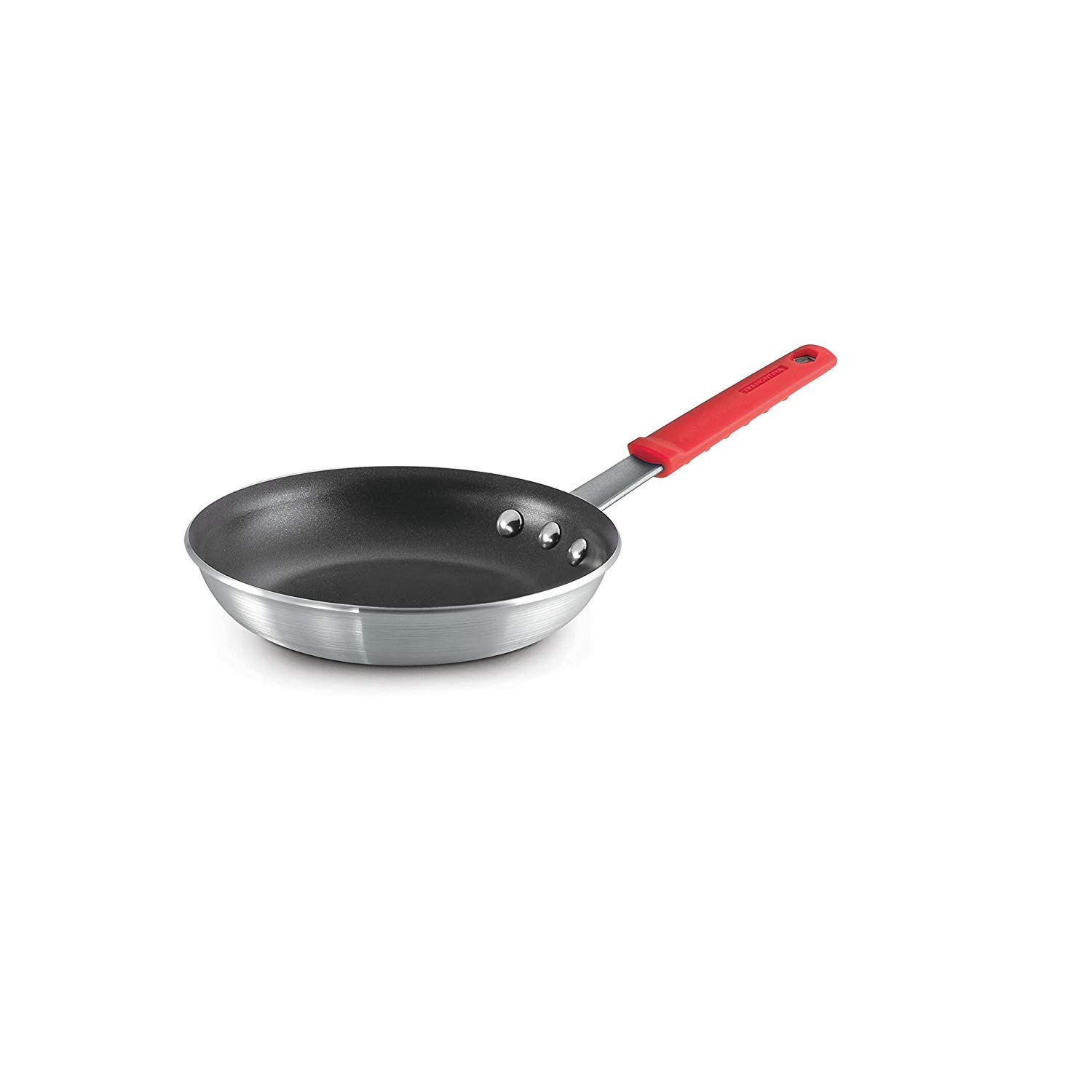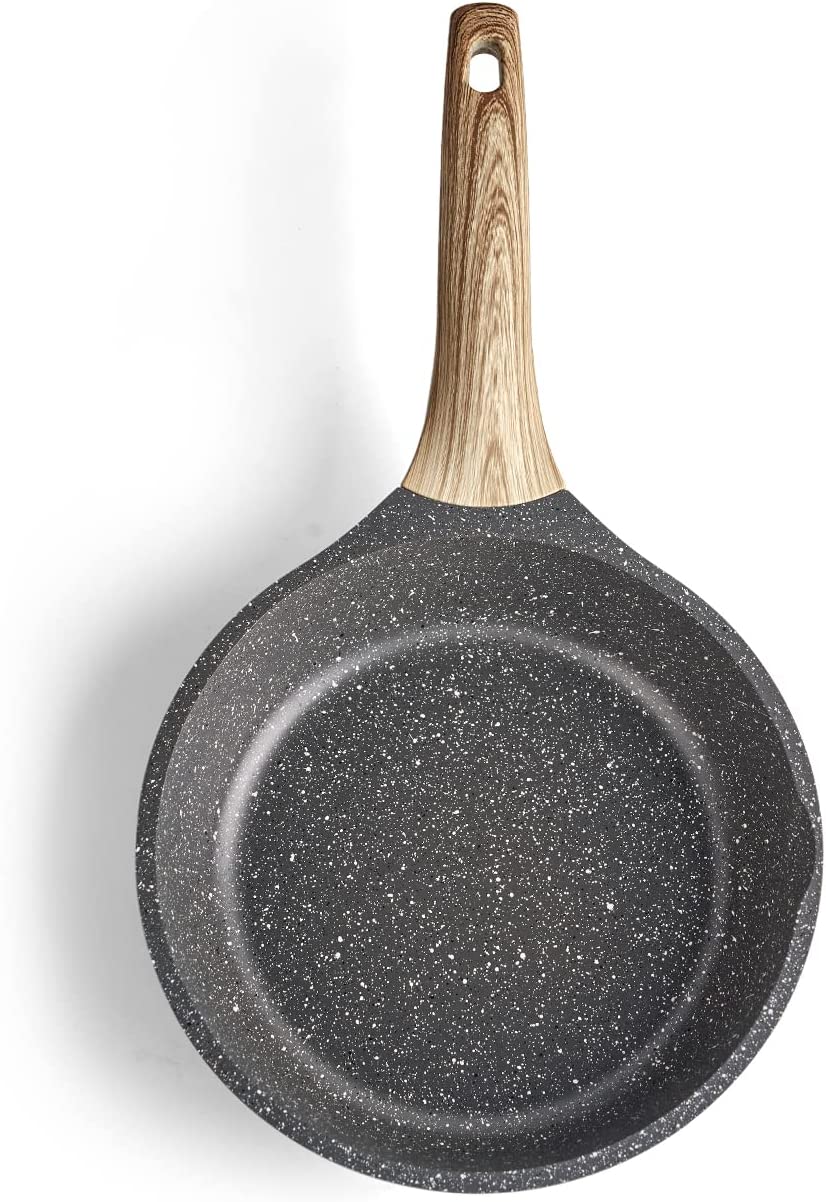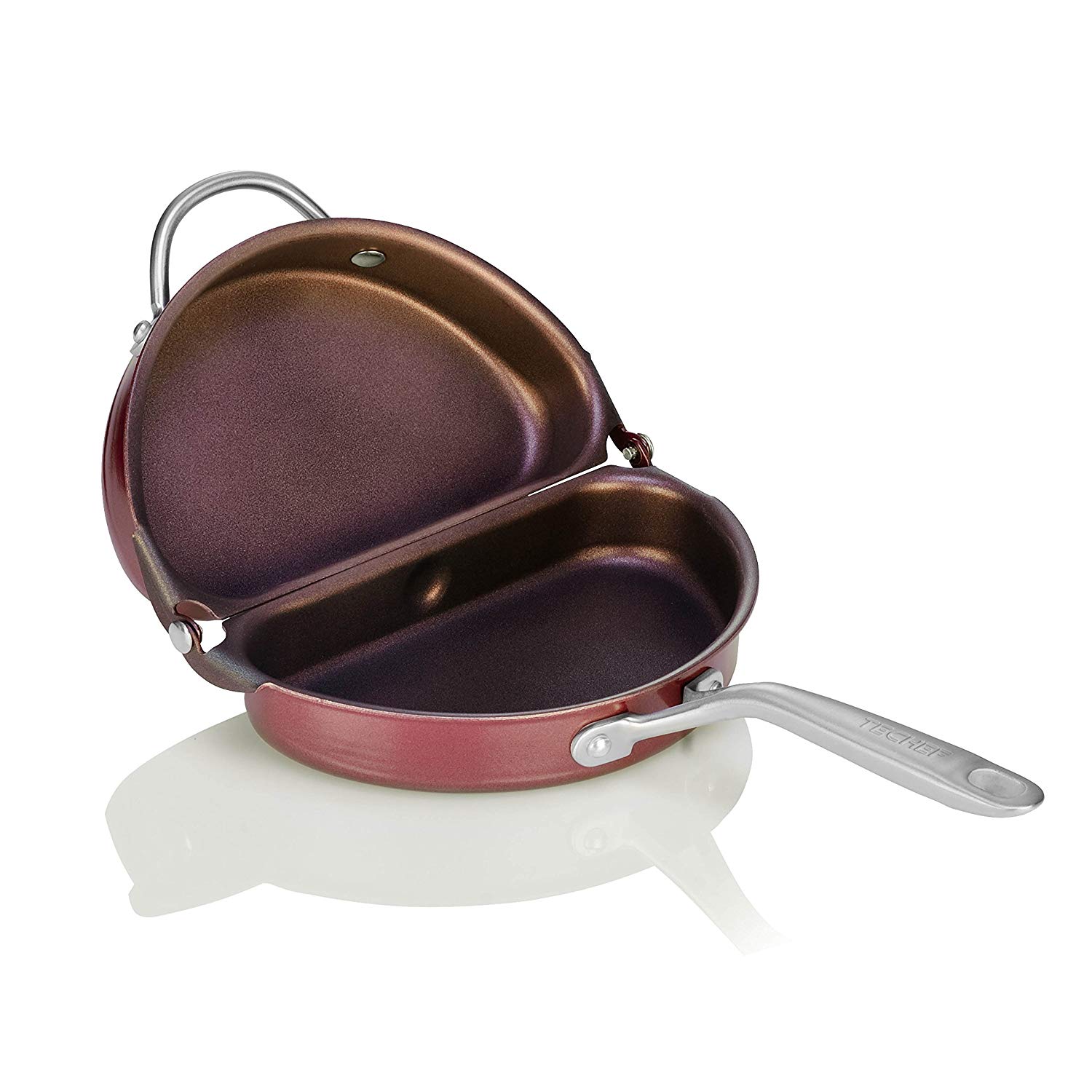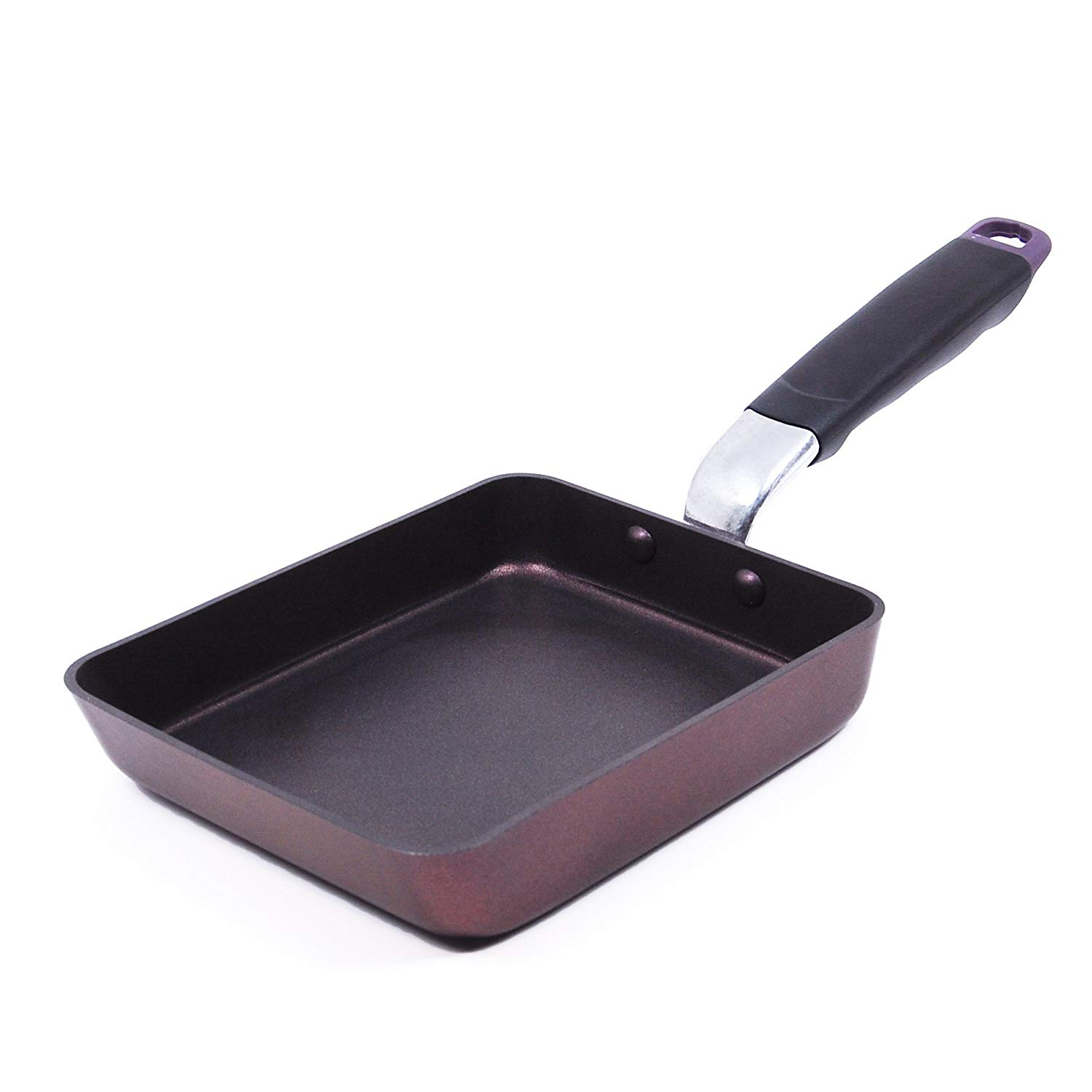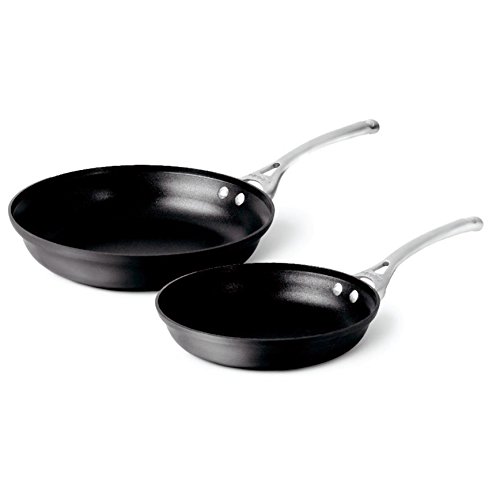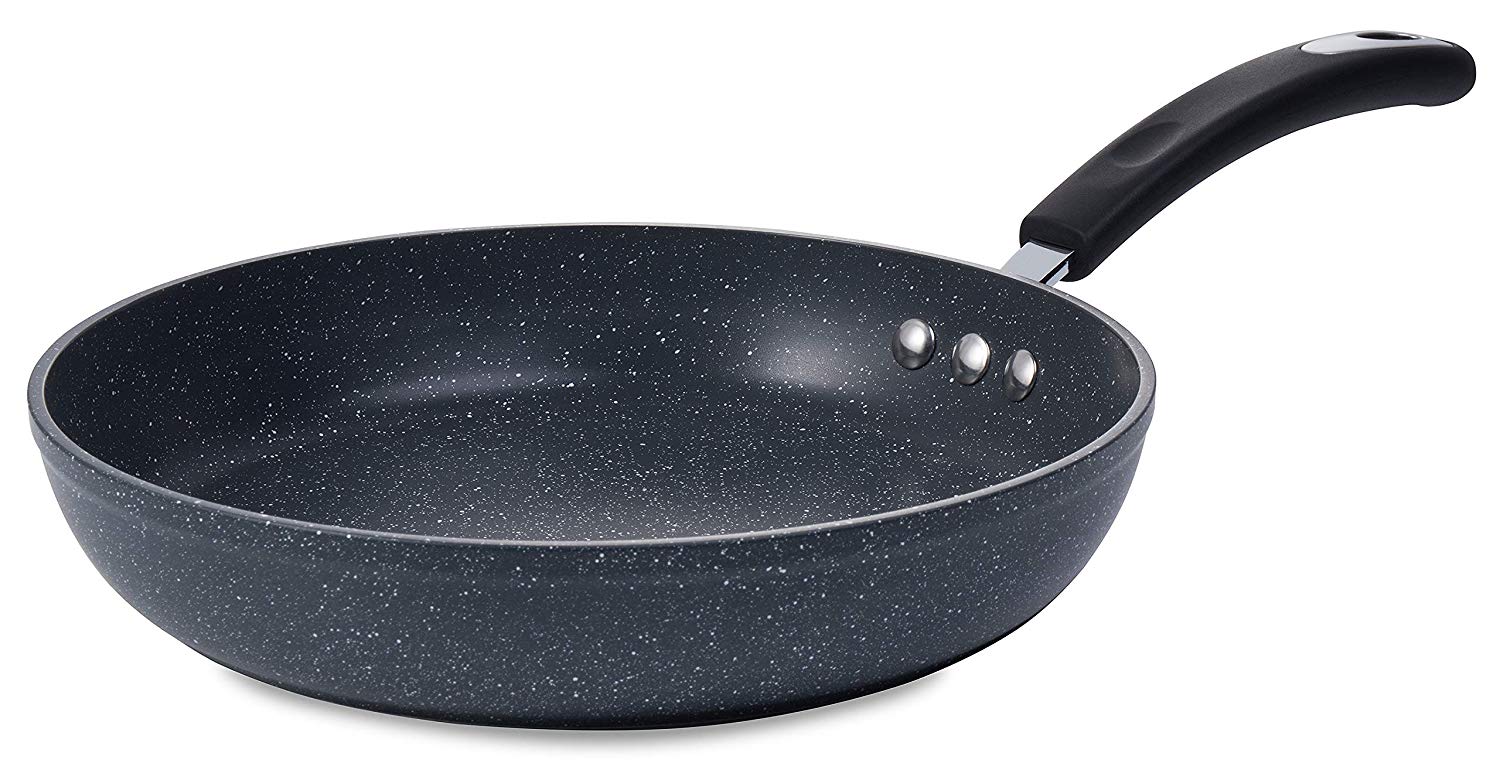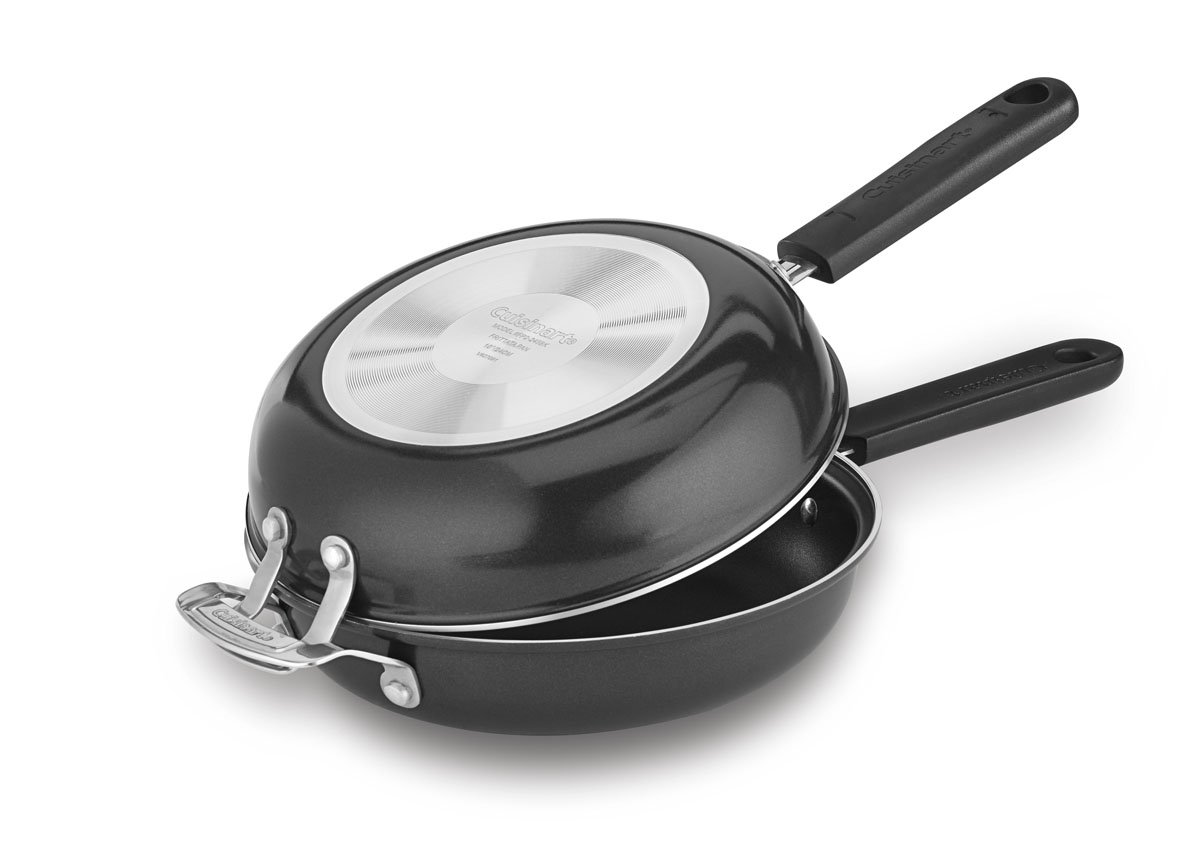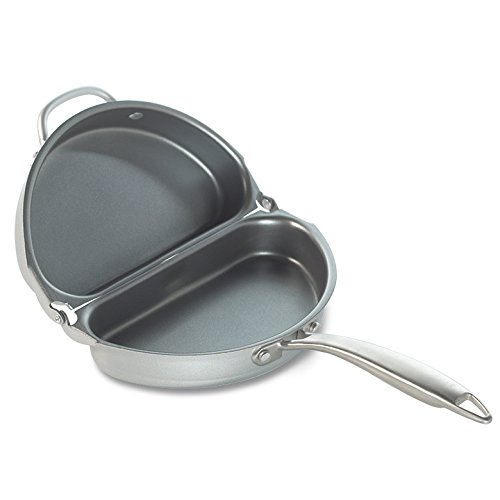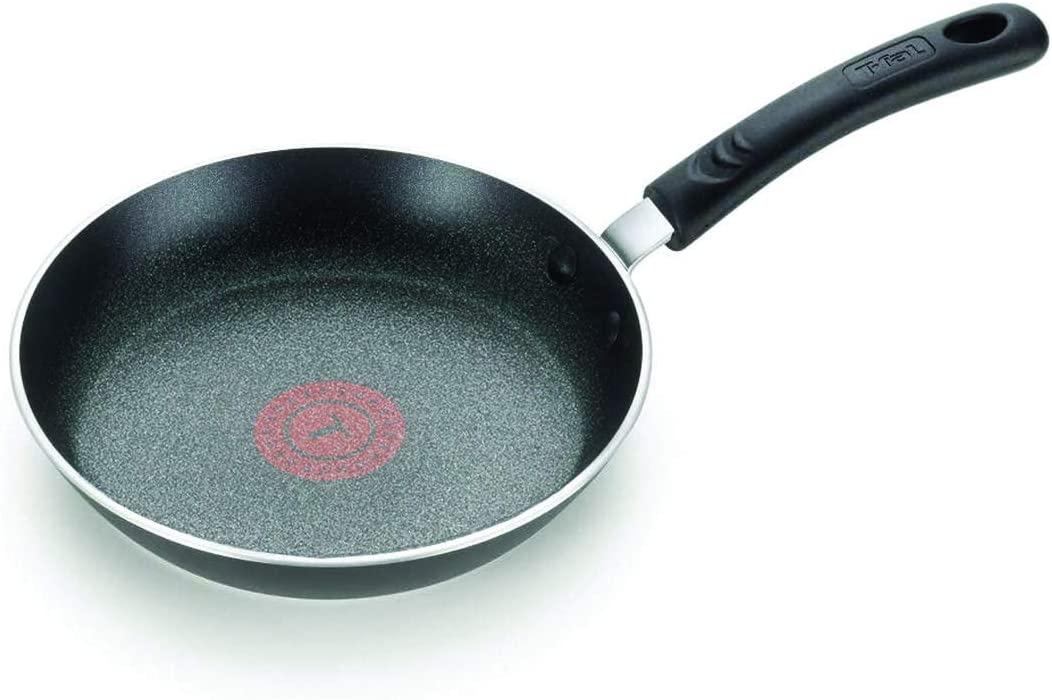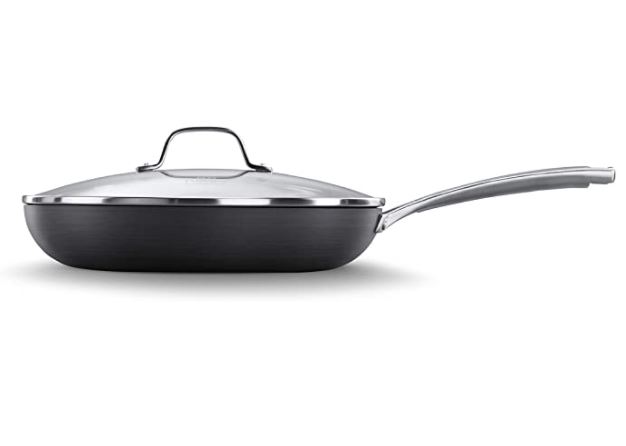All-Clad PFOA-Free Omelette Pans, 2-Piece
Last updated: March 6, 2023
You'll get two premium non-stick omelette pan with this set. They're compatible with all stovetops, including induction heating. The sturdy base keeps this set in fighting shape.
We looked at the top Omelette Pans and dug through the reviews from some of the most popular review sites. Through this analysis, we've determined the best Omelette Pan you should buy.
Product Details
Key Takeaway: This omelette pan makes delicious omelettes on any cooktop.
In our analysis of 143 expert reviews, the All-Clad PFOA-Free Omelette Pans, 2-Piece placed 8th when we looked at the top 13 products in the category. For the full ranking, see below.From The Manufacturer
A true kitchen staple, the All-Clad Hard Anodized E785S264 Set of 2 fry pans (8 & 10 In.) is ideal for searing, browning, and pan-frying everything from eggs to meats. The fry pans feature a flat bottom and flared sides that make tossing foods effortless and allow for easy turning with a spatula. The All-Clad frying pans are great for cooking at higher heat with oils to develop foods with full rich flavor, color, and crisp texture. With HA1 Hard Anodized cookware, you can experience the renowned quality of All-Clad and the ultimate convenience of nonstick. The All-Clad cookware’s three layers of PFOA-free nonstick coating ensure effortless food release and make cleanup a breeze. Even more, Hard Anodized nonstick cookware offers dishwasher-safe convenience, induction compatibility, and warp-resistant strength. Discover what it means to cook with All-Clad.
Our Expert Consultant

Culinary Expert
Julie Chernoff is a long-time member of Les Dames d’Escoffier (past president of the Chicago Chapter, and current co-chair of the LDEI Legacy Awards Committee), the Association of Food Journalists (AFJ) and the International Association of Culinary Professionals.
Chernoff is the dining editor of Better, a lifestyle website and print magazine. Her journalism started in the test kitchens of Weight Watchers Magazine. She holds a BA in English from Yale University and is a graduate of the California Culinary Academy. She has spent the last few decades styling, photographing, teaching, developing recipes, editing, thinking and writing about food.
